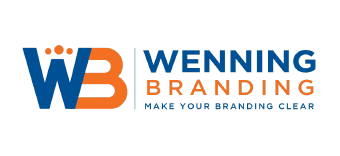One of the most common questions we get is always: What is the difference between RASTER images and VECTOR images? Both affect print and web design, especially logo creation but, there are a few key differences that you should know about each format.
Raster Images
The main point to keep in mind when dealing with Raster images is that they are based on PIXELs. This means that most graphics including photos, digital paintings, and more use Raster images. Because of this, the image you are using has to be a fixed size of X by Y pixels. Since the image is constrained to those pixels, you will have the option to blow it up bigger, but enlarging it will result in making the image blurry. For a lot of graphics, a Raster image would be good enough to use but most of the time a Vector image would be better. This is especially true if you want your graphics placed on large files like PNGs, JPGs, or PDFs.
Vector Images
Vector images are based on mathematical points. This means that the image you are using is made up of a bunch of points. Those points will always stay relative to each other no matter how big or small you make the file. This allows you to, for example, take a small logo and blow it up to the size of a billboard if you want with no blurring or problems. File examples for Vector images include AIs and EPSs.
Moral of the story: you almost always want to make your logo and other important graphics a Vector file. This way it can be placed on a variety of items of all different sizes without the fear of your image getting distorted. It’s important to keep in mind that a Vector Logo can be scaled to any size from a PEN Logo to a Billboard. For a Raster image, the size you make it cannot be made any larger.

